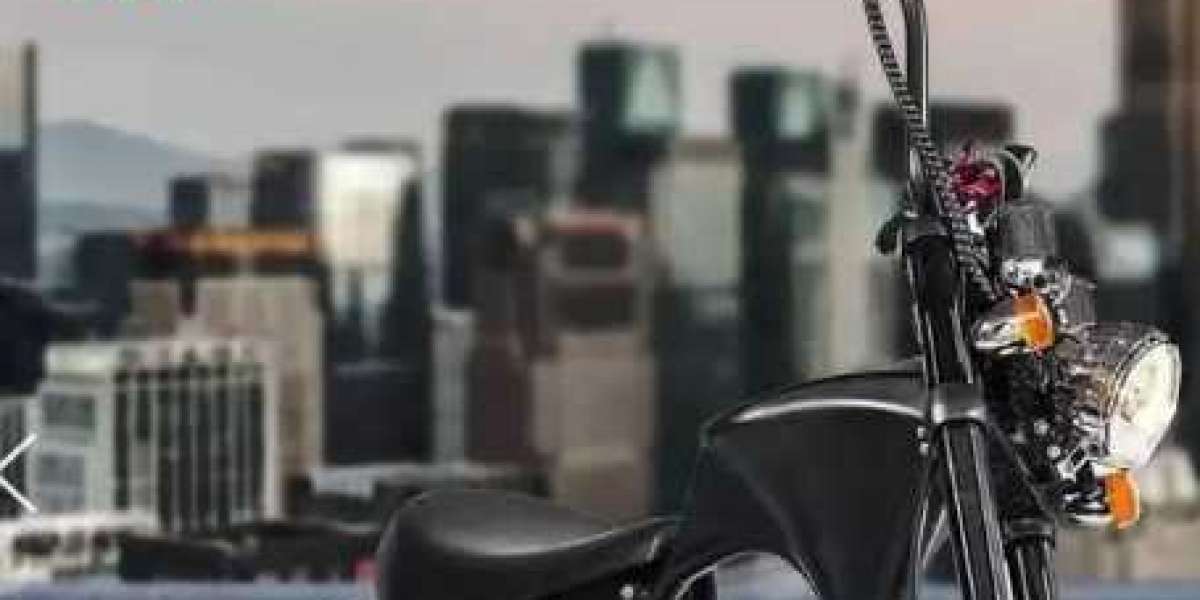Electric motorcycles are street legal on US public roads.
The Federal Motor Vehicle Safety Standards (FMVSS) do not distinguish between internal combustion engine powered vehicles and electric vehicles. This is because the FMVSS does not regulate the power source, but rather the vehicle itself, for example: brakes, lights, turn signals, mirrors and safety measures to prevent rollover or fire. A standard motorcycle has to meet all of these requirements in order to be sold in the US market.
In addition to meeting all of the federal standards for motorcycle manufacturers, there are several state laws that must be followed when manufacturing an electric motorcycle. For example, California requires that all motorcycles have lights on both sides of the vehicle and Massachusetts requires that all motorcycles have a headlight and taillight. These laws vary by state so you should check with your local DMV before riding your electric motorcycle on public roads
There are Federal and State requirements for electric motorcycle riders.
According to the National Highway Traffic Safety Administration (NHTSA), if you ride an electric motorcycle, you must have the same license and registration requirements as those who drive conventional motorcycles.
The NHTSA also states that you must wear an approved helmet, eye protection, protective clothing, and protective footwear when operating a motorcycle. You should also remember that if you're under 18 years old, you are prohibited from riding a motorcycle unless you have a valid driver's license or permit.
There are also some restrictions in place for electric motorcycles in several states. In California, for example, electric motorcycles are not allowed on freeways or expressways due to their limited range of operation.
The speed of an electric motorcycle depends on the type of battery used.
The speed of an electric motorcycle depends on the type of battery used. A lithium-ion battery gives you around 100 miles per charge, while a nickel metal hydride (NiMH) battery can go up to 120 miles before needing a recharge. A lead-acid battery will only last up to 40 miles.
The range and speed of electric motorcycles depend on the power they generate. The more powerful a bike's motor is, the faster it will go and the farther it will travel.
Electric motorcycles are street legal in most states, though some have restrictions on how fast they can go or how far they can travel before needing to be recharged.
In general, electric motorcycles offer many advantages over gas-powered bikes: they're easier to maintain, cleaner and quieter than gas bikes — especially when idling at stoplights — but cost more up front due to their expensive batteries.
Most electric motorcycles go from 25-40 miles per hour.
Electric motorcycles are becoming more popular as they grow in range and power. They're also much quieter than their gas-powered counterparts, making them a great option for commuters are electric motorcycles street legal who want to avoid adding to the noise pollution of city life.
Electric motorcycles are gaining popularity across the world. In Europe, electric motorcycles make up nearly a third of all new motorcycle sales and have been growing steadily since 2012. In China, electric bikes made up 40 percent of new bike sales in 2013.
Most electric motorcycles go from 25-40 miles per hour — faster than many scooters but slower than most cars. While they can be charged at home or work, they can also be plugged into standard 240 volt outlets found throughout most cities if you need instant power when you're out and about.
While there is currently no federal law banning electric motorcycles from public roads (like there is for gas-powered bikes), most states do require riders to register their bikes as mopeds or motorized bicycles — meaning they must follow certain safety guidelines such as wearing helmets and having insurance like any other vehicle on the road.






